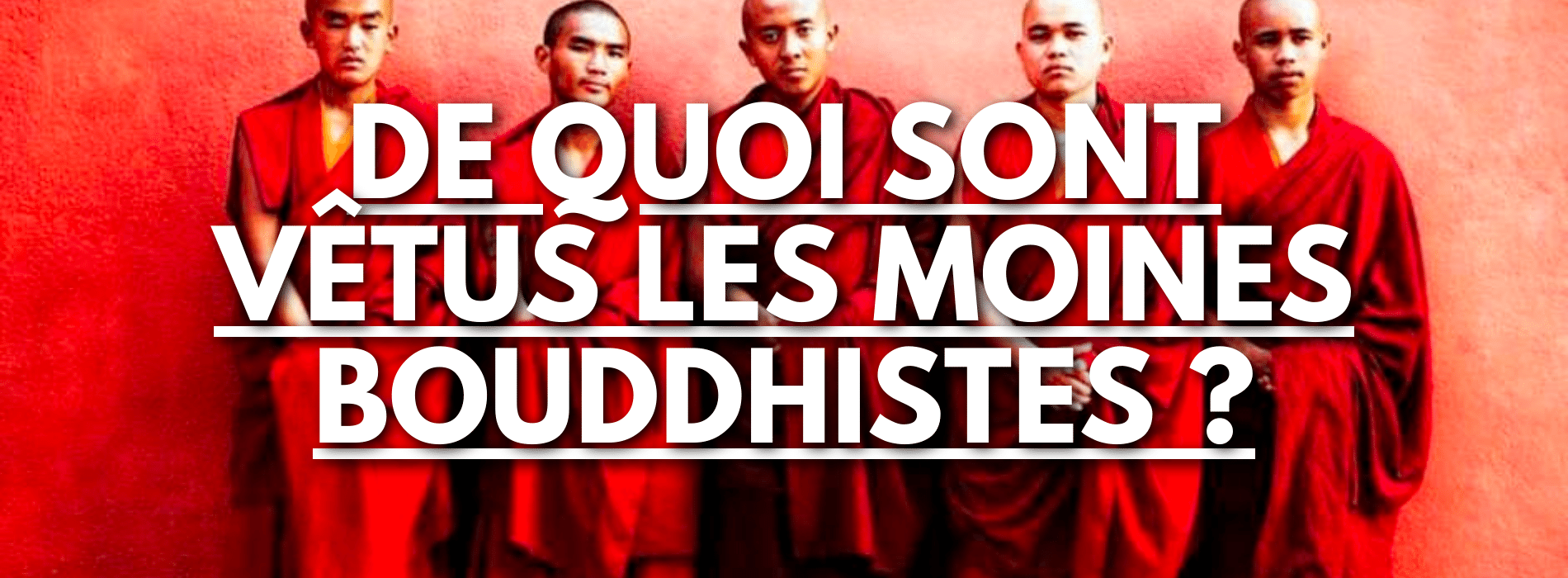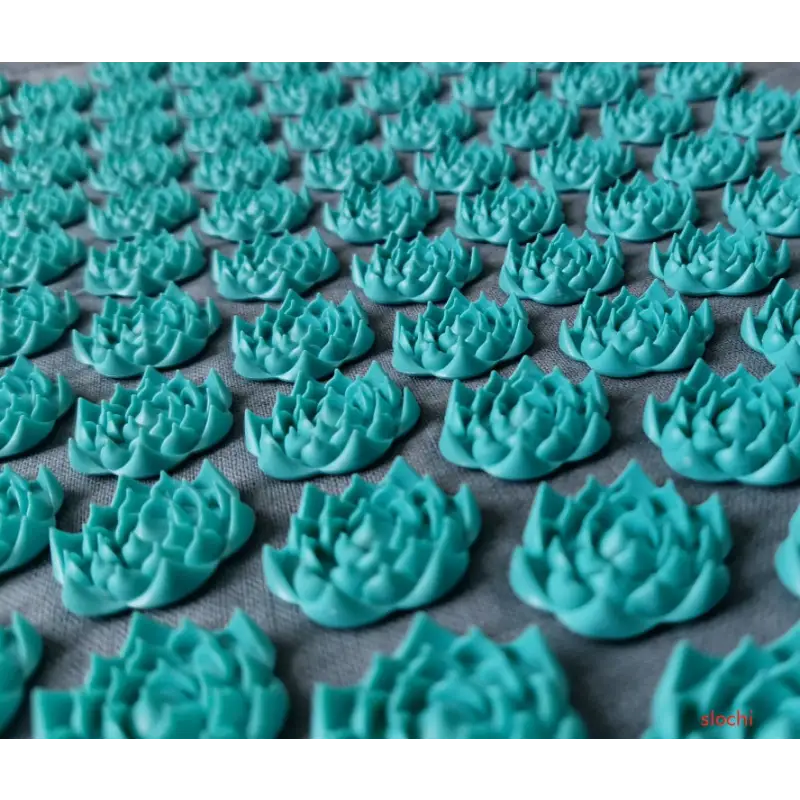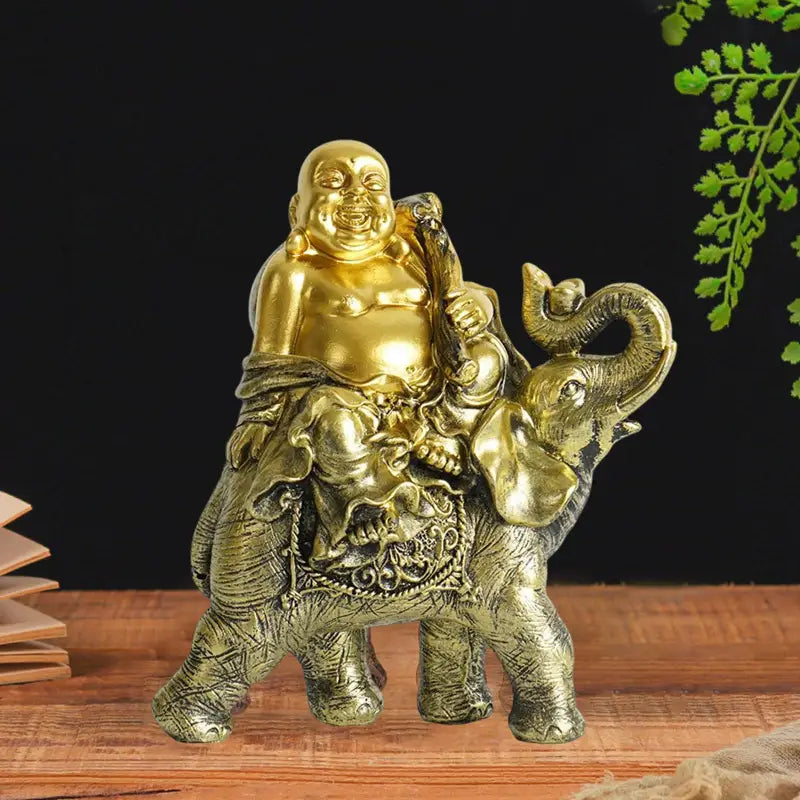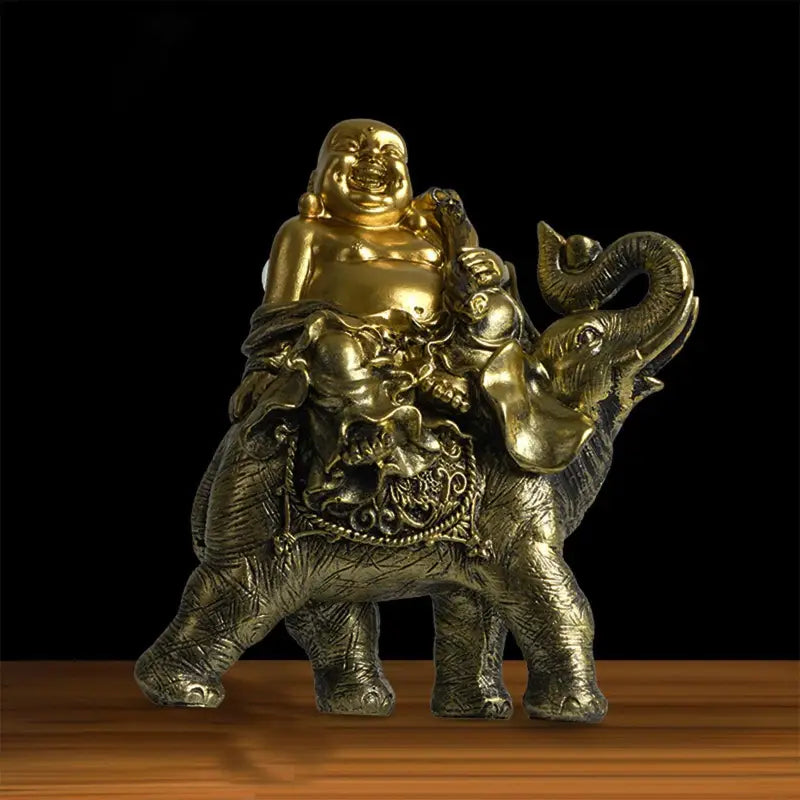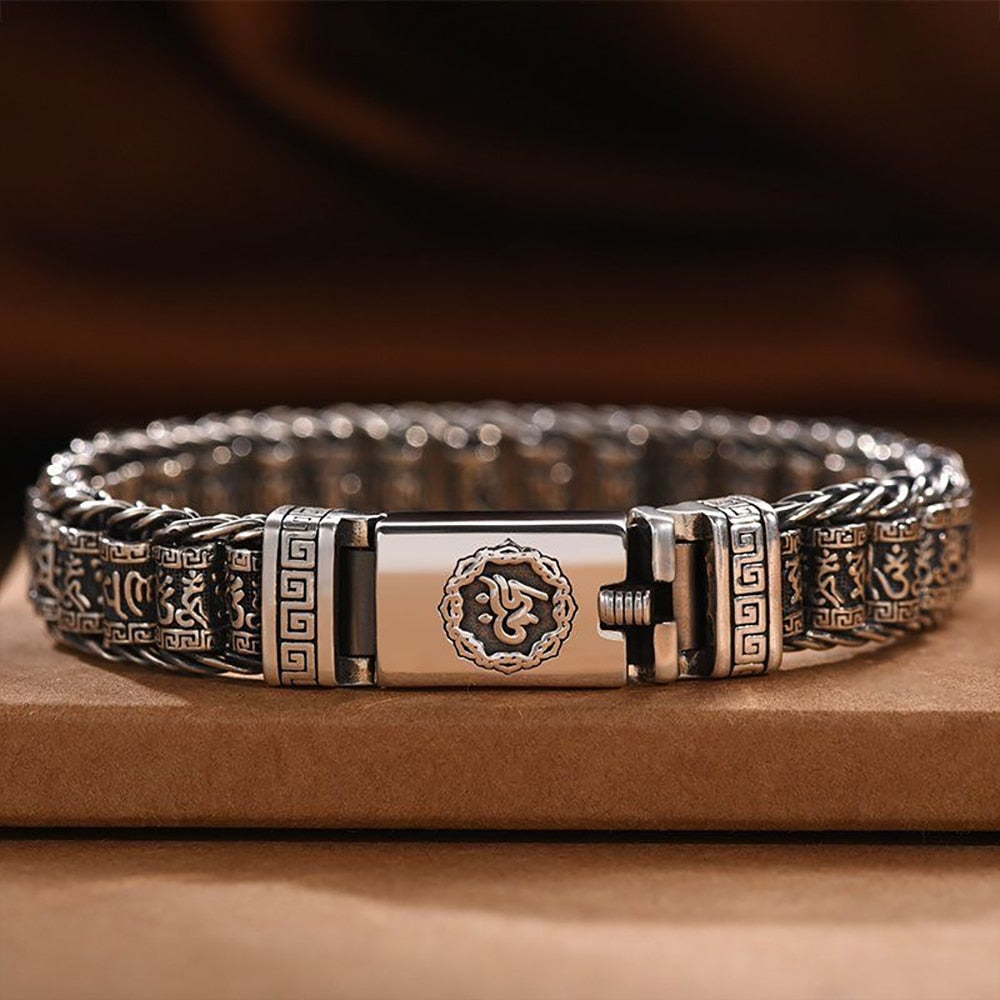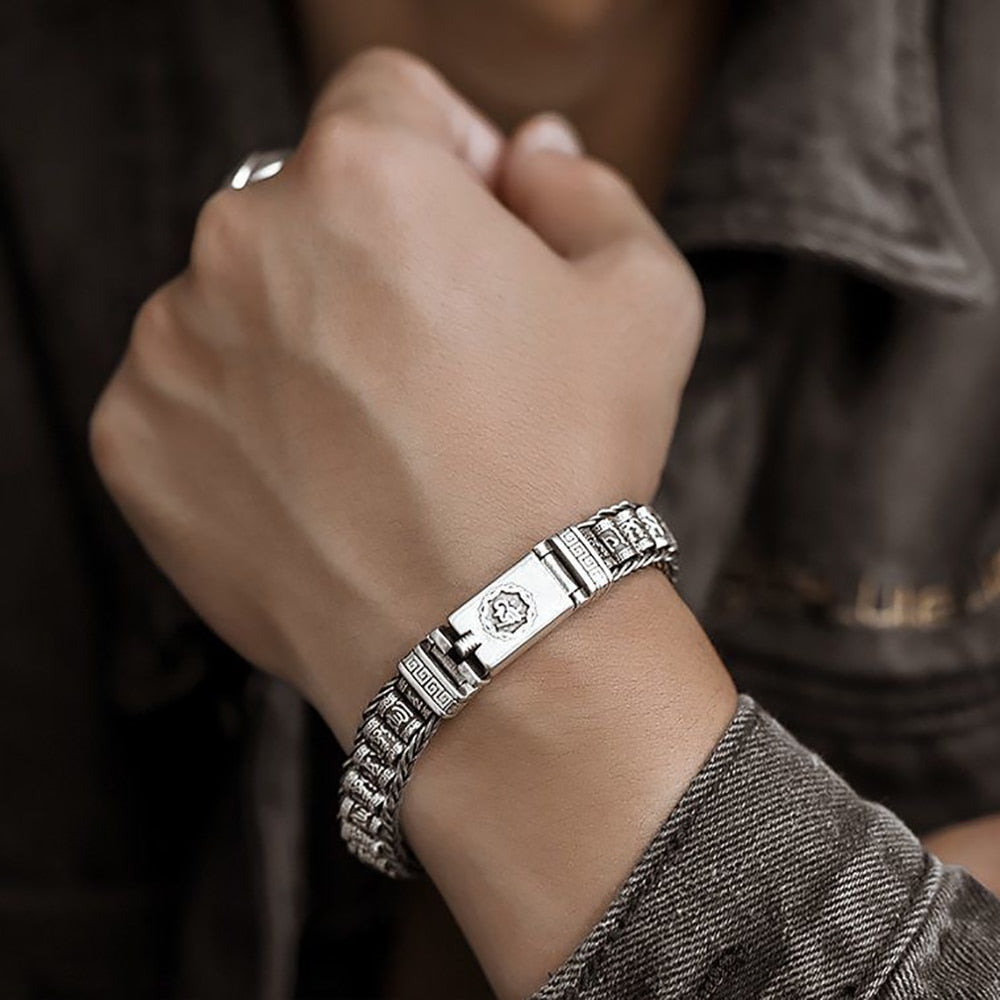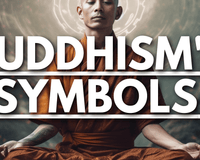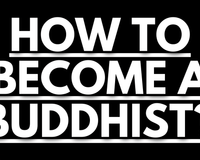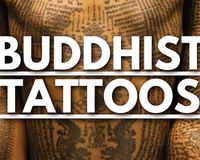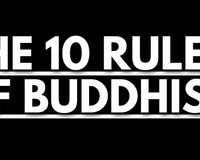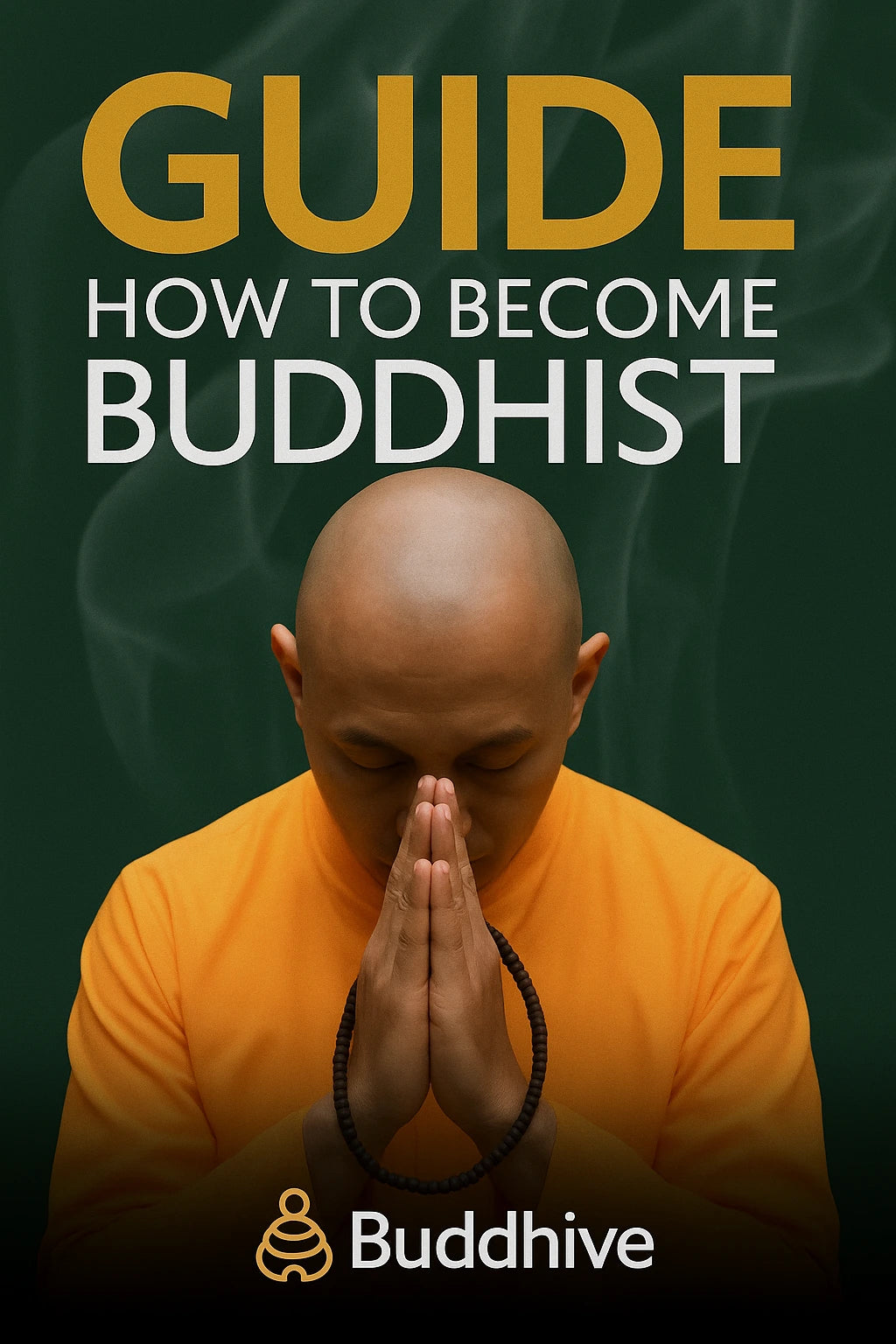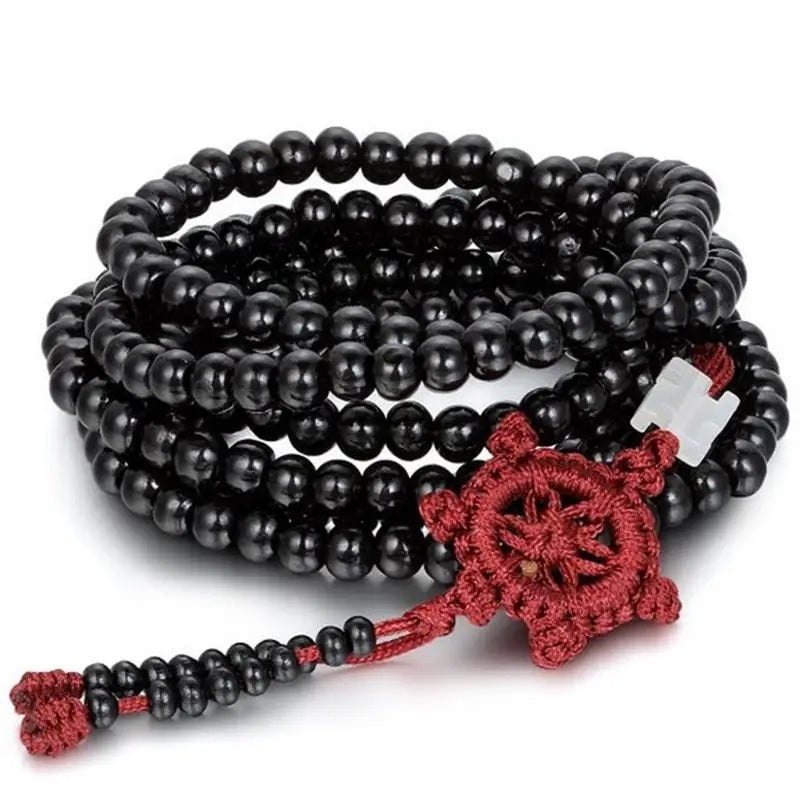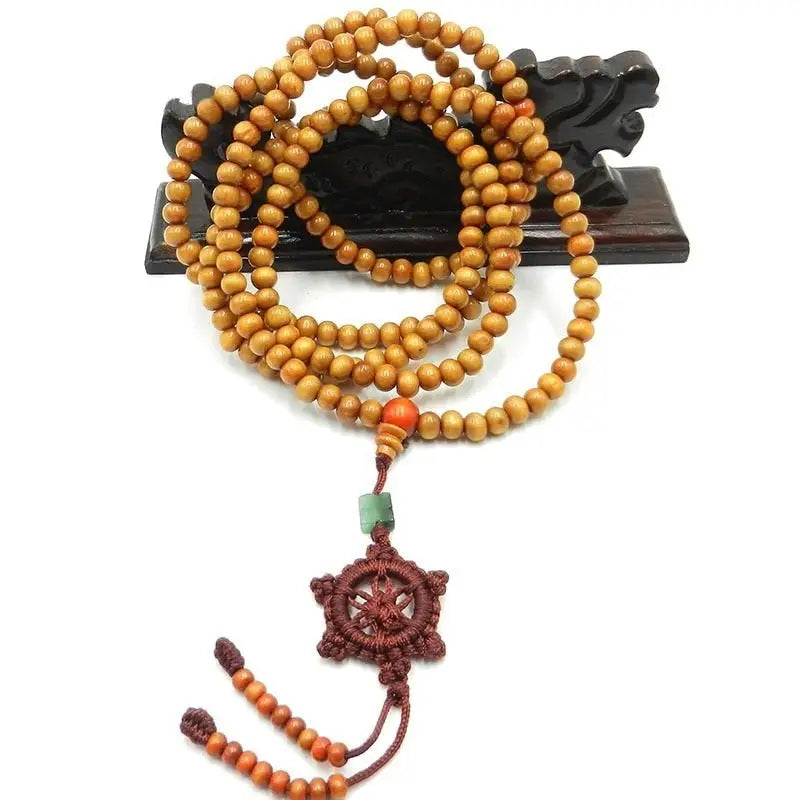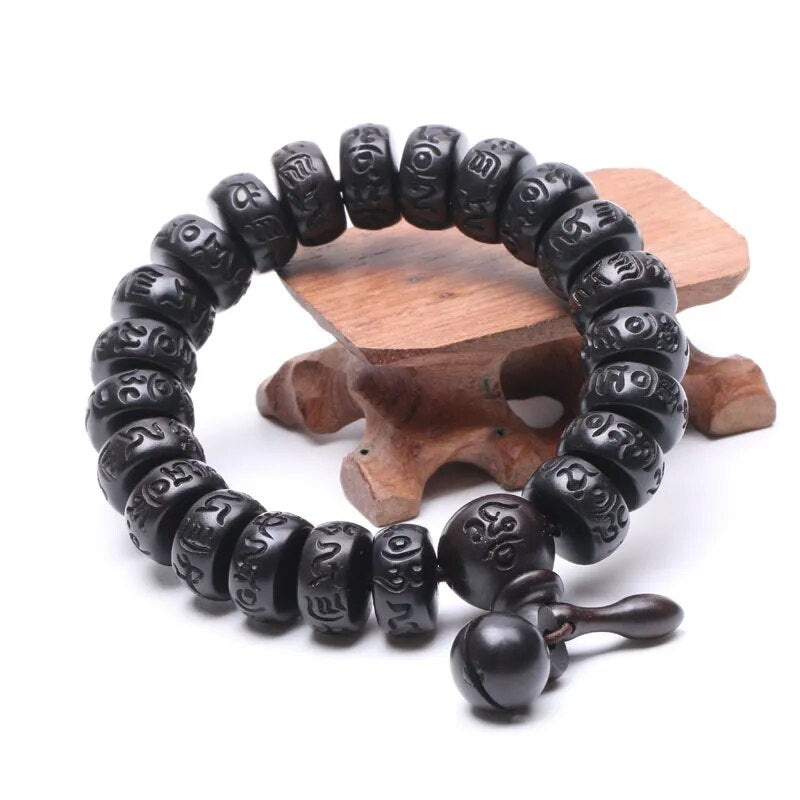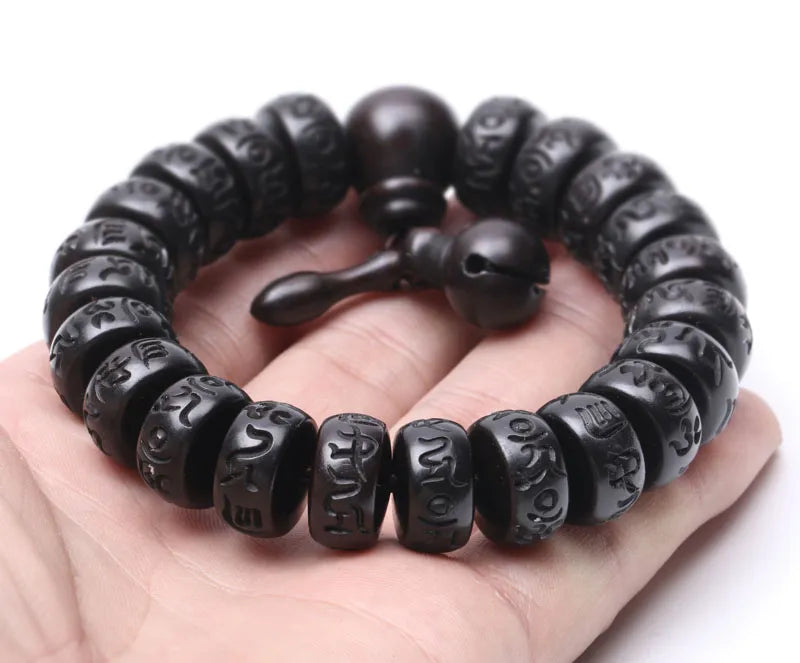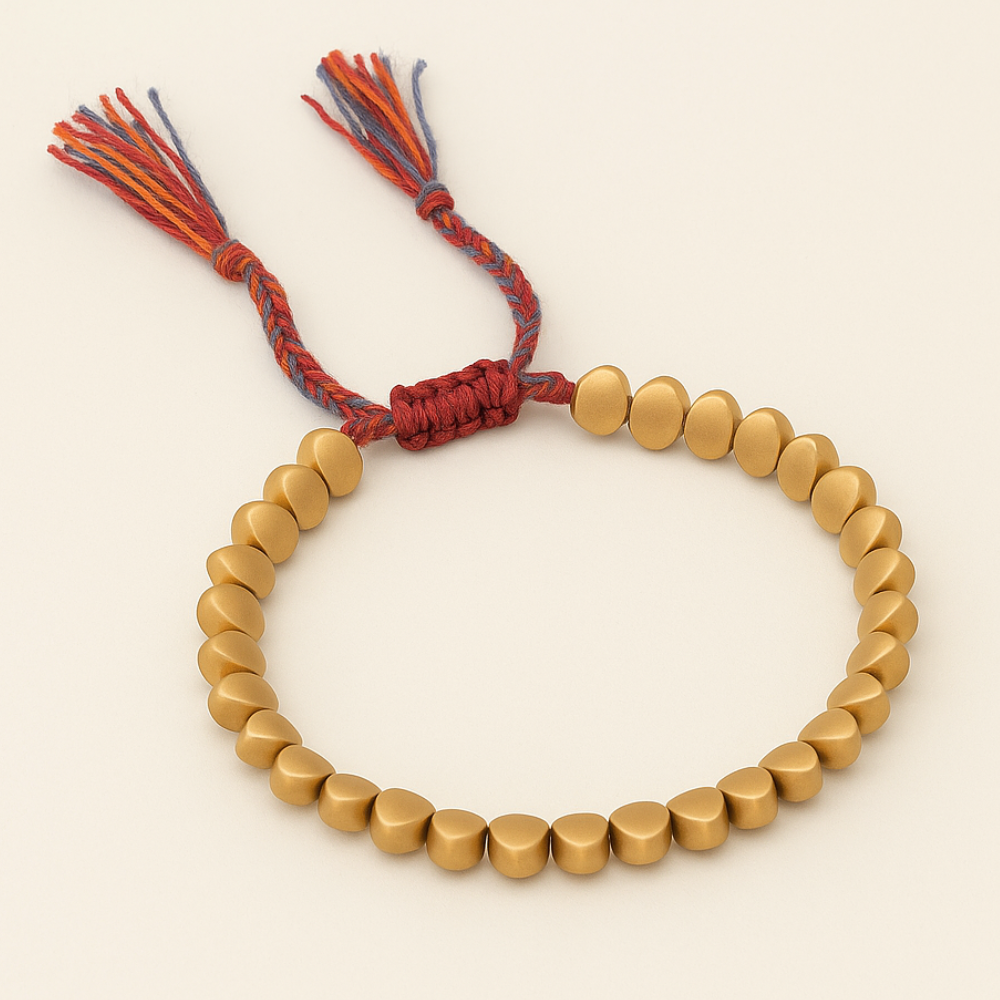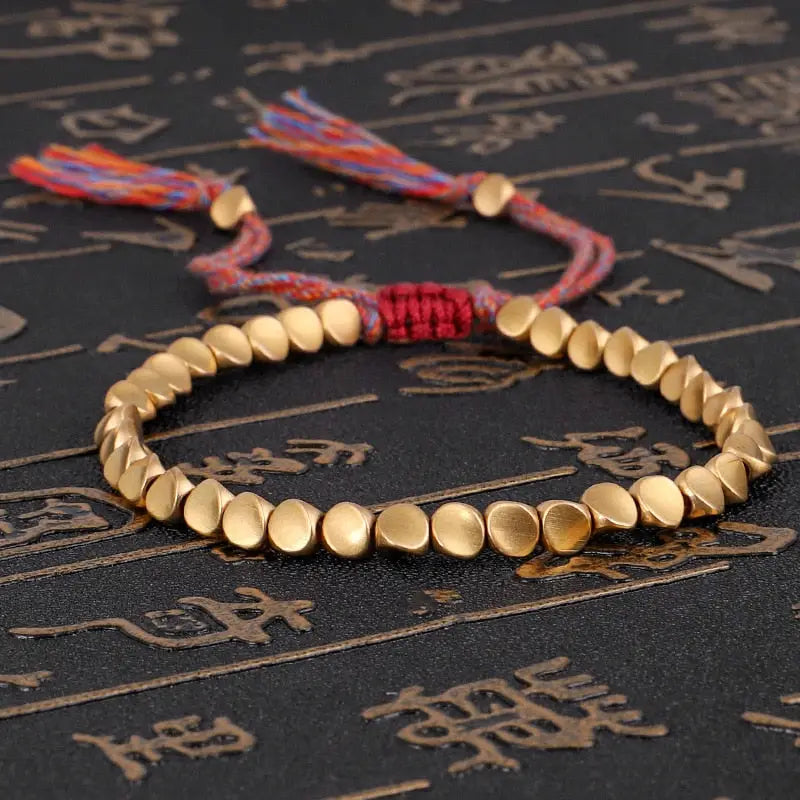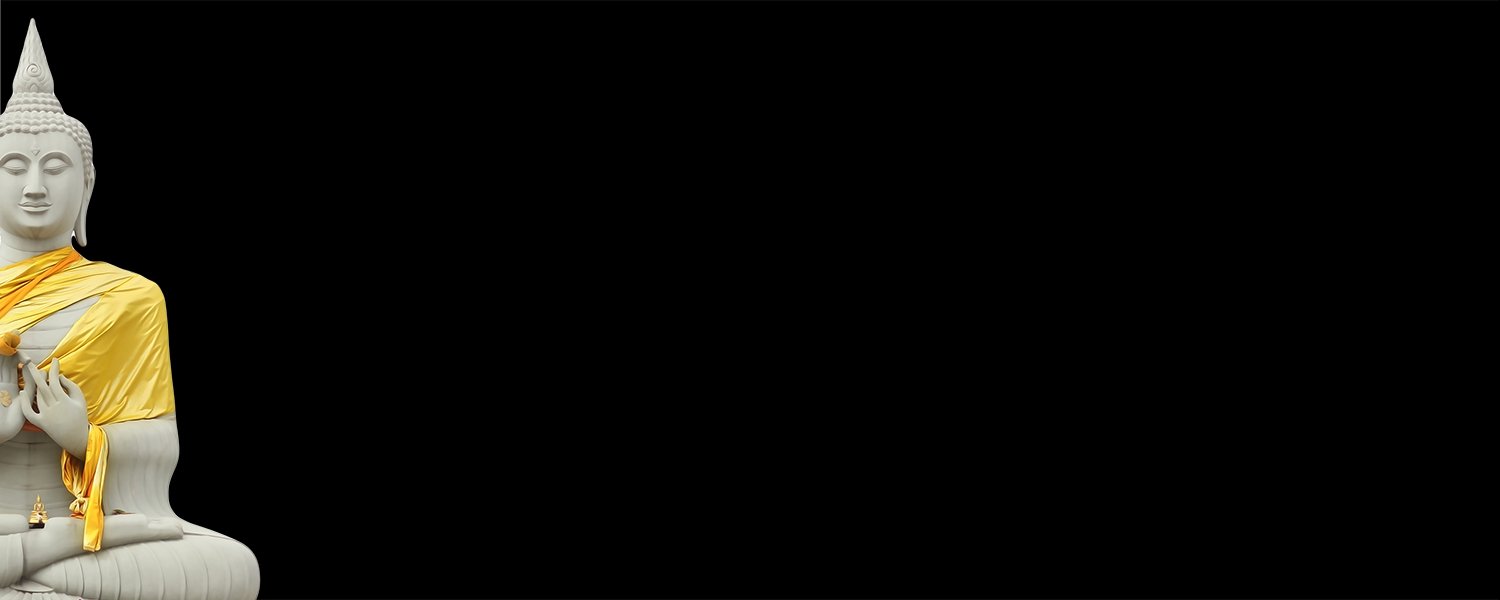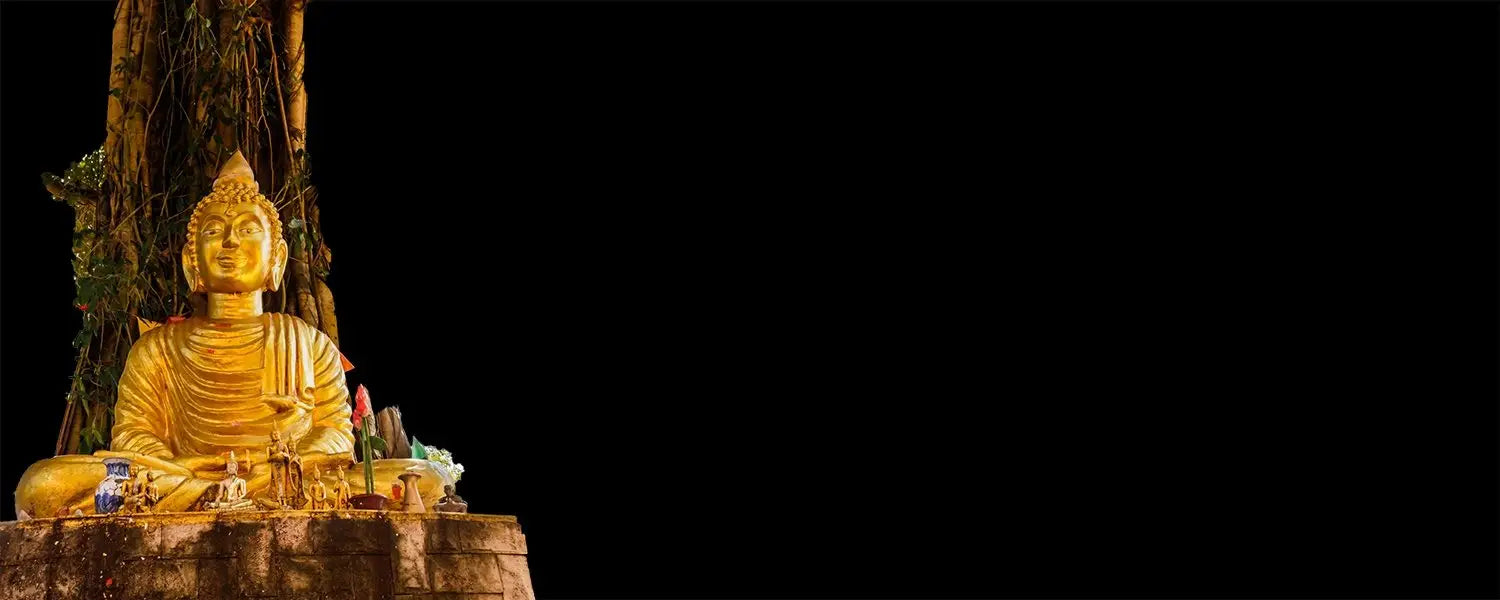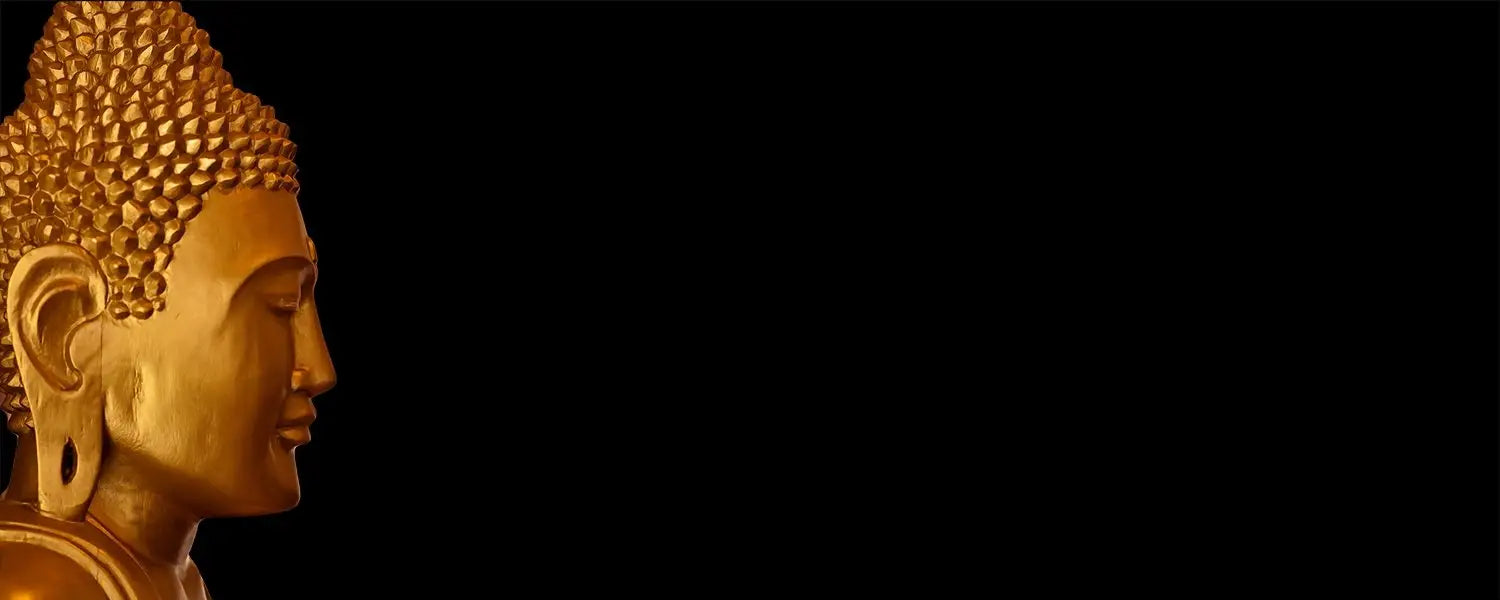Traditional Attire of Buddhist Monks: Meaning and Symbolism
The attire of Buddhist monks is more than just clothing. It represents renunciation of material attachments, discipline, and dedication to the spiritual life.
1. The Saffron Robe
Universally recognized, the saffron-colored robe is the most iconic symbol of Buddhist monks. This color, often associated with simplicity and purity, is obtained from natural dyes.
2. The Three Main Pieces
The traditional monastic attire typically consists of three main pieces:
- The Antaravasaka: Worn next to the skin, it is a garment similar to a sarong.
- The Uttarasanga: The main piece resembling a robe, covering the body from shoulder to ankle.
- The Sanghati: A thicker outer garment used for formal occasions and during cold periods.
3. Footwear
Buddhist monks often wear simple sandals or go barefoot, reminding them of humility and their connection to the earth.
4. Hairstyle

Shaving the head is another distinctive sign of monks. It symbolizes renunciation, absence of vanity, and purity of the mind.
5. Associated Objects
In addition to their attire, monks often carry an alms bowl to collect food and a rosary or mala for meditation and mantra recitation.

6. Regional Variations
While the fundamental principles remain the same, the attire of Buddhist monks can vary across regions and traditions. For example, Tibetan monks often wear red and yellow robes, while Thai monks prefer saffron.
Final Reflections: More than Just Clothing
The attire of Buddhist monks serves as a constant reminder of their commitment to the spiritual path, with each element carrying profound significance. It is an external representation of their internal devotion.
Frequently Asked Questions about the Attire of Buddhist Monks
1. Why do Buddhist monks wear saffron-colored robes?
The saffron color symbolizes purity, simplicity, and renunciation of material attachments.
2. Do Buddhist nuns wear the same clothing as monks?
Buddhist nuns also wear robes, although there may be subtle variations depending on tradition and region.
3. Are there occasions when Buddhist monks wear different clothing?
Yes, there may be special occasions or ceremonies where specific robes or ornaments are worn.
4. How are monks' robes made?
Traditionally, robes were handmade and dyed with natural dyes. Today, some may be mass-produced, but many are still handmade.
5. Is there a specific meaning to monks' shaved heads?
Yes, the shaved head symbolizes renunciation, absence of vanity, and purity of the mind.

